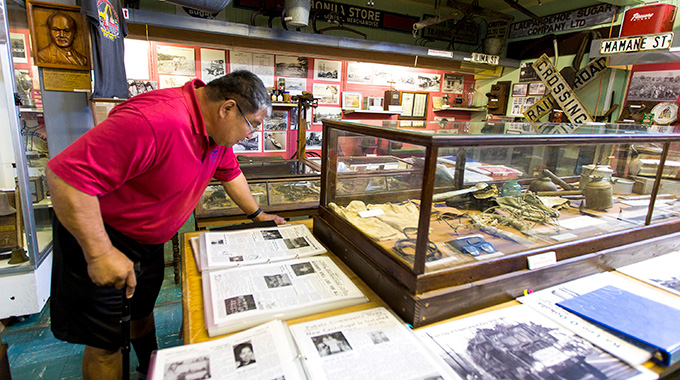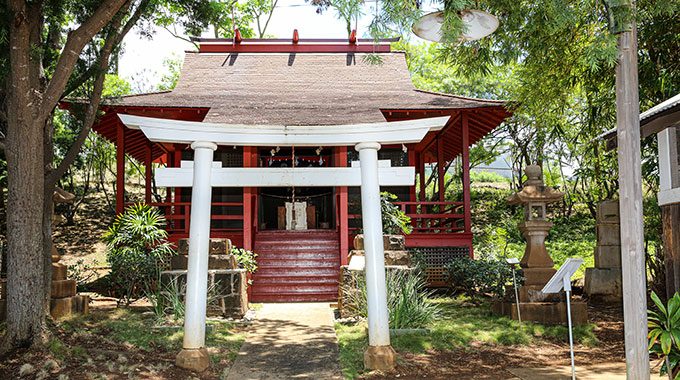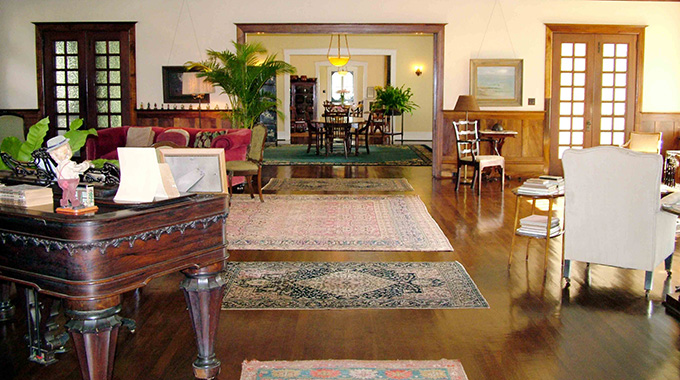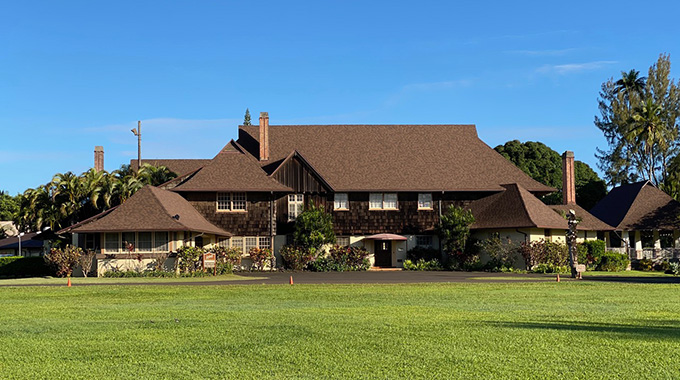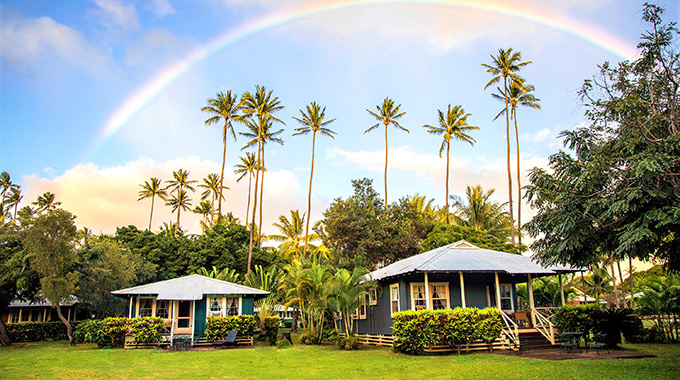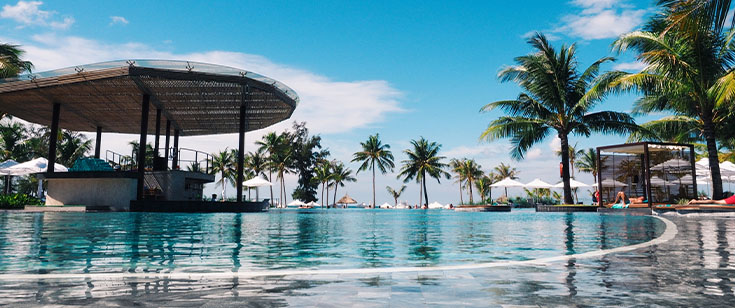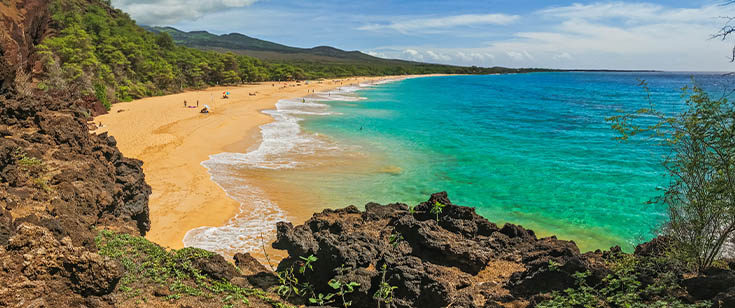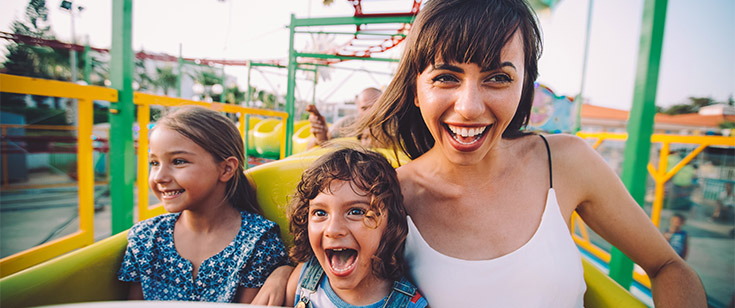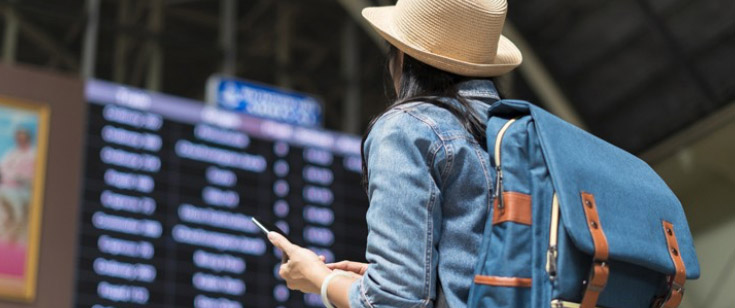My maternal great-grandfather, Chun Lin Hung, died 29 years before I was born, so I know him only through anecdotes my grandmother shared with me. He emigrated from Kwangtung, China, to Hawai‘i around 1877 to seek his fortune, first living on O‘ahu, then moving to Kaua‘i, where he became an overseer at Grove Farm sugar plantation in Līhu‘e.
In 1887, Ahana, as he became known, married my great-grandmother. He began experimenting with growing rice a short time later. By the early 1890s, he had left Grove Farm to start a rice mill and plantation in nearby Hulē‘ia, which he operated for 30 years.
Stories such as these are plentiful among local families. Between the mid-1800s and the early 1900s, some 400,000 young men and women—primarily from China, Japan, Korea, Portugal, Puerto Rico, and the Philippines—arrived to work on sugar plantations throughout Hawai‘i. Many of them stayed after fulfilling their contracts, creating the melting pot that now defines our state’s population. Kama‘āina whose ancestors share this background, along with Hawai‘i history buffs, will be especially interested in the following 7 plantation experiences.


